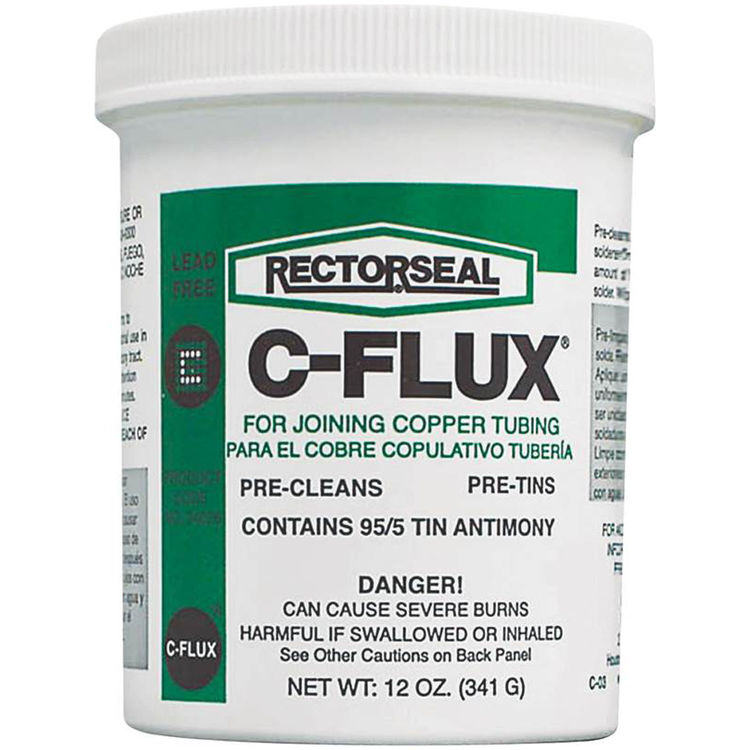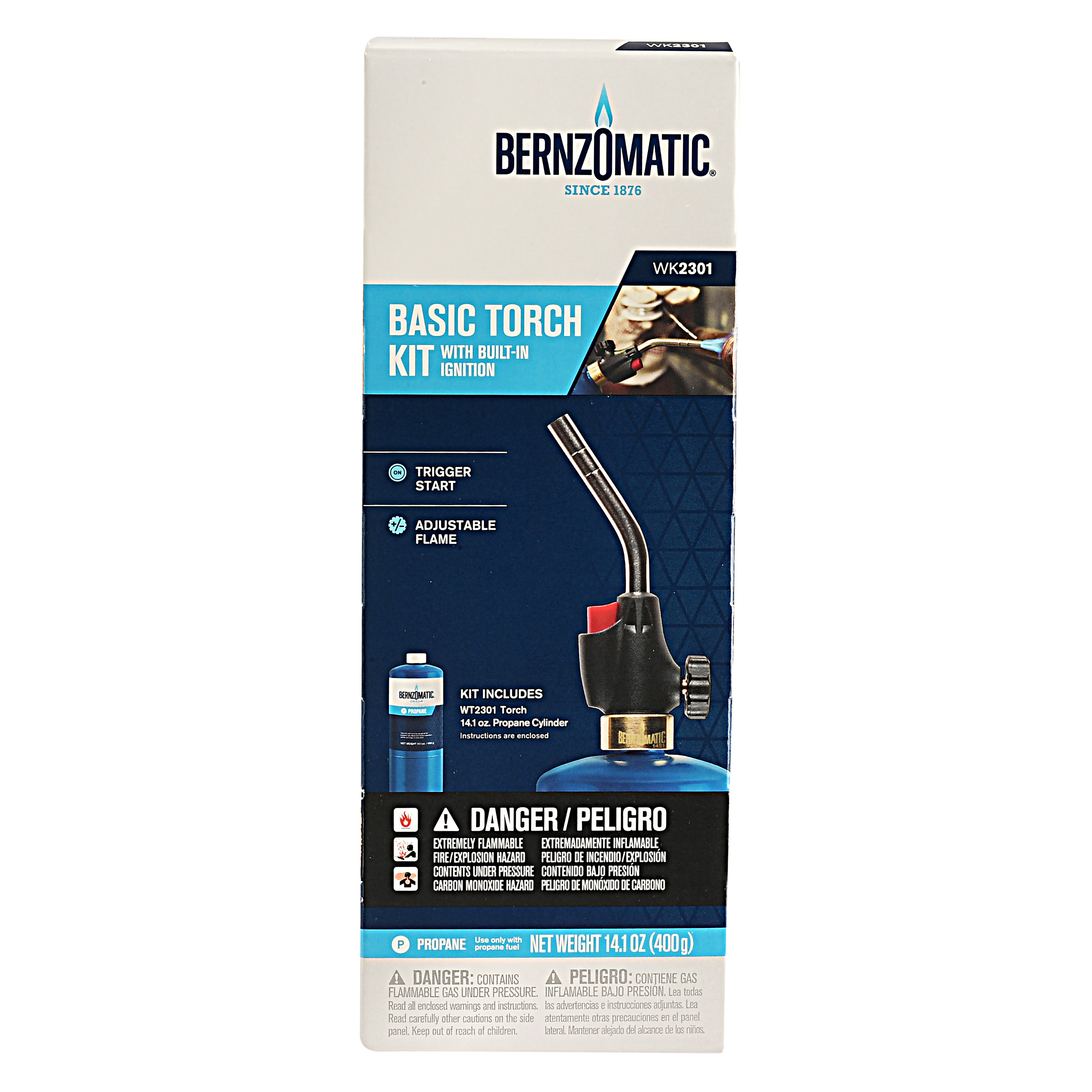three_jeeps
Well-Known Member
I need to replace all the copper water lines in my basement ceiling. they were installed when the house was built in 1965 and are having pin-hole leaks.
I've been soldering electronic devices for 40 years and occasionally copper pipe, so I know the basics.
I plan to solder some of the pipe segments on the ground before I lift the pipes into place and then tie into the existing lines.
My questions are:
1. Is there any device or technique to check the integrity of a solder joint on a pipe? -I *really* don't want to have any leaks when I turn the water on.
2. No matter how I will run the pipes, there will be times when I'll have to solder a connection in a 'tight' location where I can't see all around the fitting. Any tips on how to make sure the solder is sufficiently wicked into the fitting? (the pipes run both parallel and perpendicular to the floor joists.)
3. How important is it that the pipes where the joint (with a sleeve coupling) be 'perfectly straight'? (Or as straight as possible?) I am thinking that if the joint is a little cocked that the solder won't wick into the joint.
4. I plan on using type M (thinner wall) pipe instead of L.....Any reason to consider using L? (this is a 'typica' suburban/residential house.
I have considered redoing with PEX but if my spouse detects a 'plastic taste' in the water from the PEX, I'll have to redo the piping.
Thanks for your thoughts/suggestions.
J
I've been soldering electronic devices for 40 years and occasionally copper pipe, so I know the basics.
I plan to solder some of the pipe segments on the ground before I lift the pipes into place and then tie into the existing lines.
My questions are:
1. Is there any device or technique to check the integrity of a solder joint on a pipe? -I *really* don't want to have any leaks when I turn the water on.
2. No matter how I will run the pipes, there will be times when I'll have to solder a connection in a 'tight' location where I can't see all around the fitting. Any tips on how to make sure the solder is sufficiently wicked into the fitting? (the pipes run both parallel and perpendicular to the floor joists.)
3. How important is it that the pipes where the joint (with a sleeve coupling) be 'perfectly straight'? (Or as straight as possible?) I am thinking that if the joint is a little cocked that the solder won't wick into the joint.
4. I plan on using type M (thinner wall) pipe instead of L.....Any reason to consider using L? (this is a 'typica' suburban/residential house.
I have considered redoing with PEX but if my spouse detects a 'plastic taste' in the water from the PEX, I'll have to redo the piping.
Thanks for your thoughts/suggestions.
J






